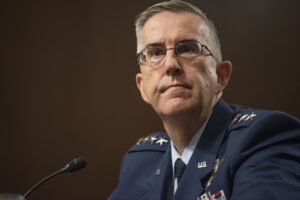
The Pentagon’s Joint Requirements Oversight Council in early July published requirements for the four strategic directives - contested logistics, joint fires, Joint All Domain Command and Control (JADC2) and information advantage - driving each of the service branches’ individual contributions to the department’s new Joint Warfighting Concept (JWC). Air Force Gen. John Hyten, vice chairman of the joint chiefs of staff and head of the JROC, said Monday the strategic directive requirements will help further JWC’s new emphasis on “Expanded…

 By
By 











